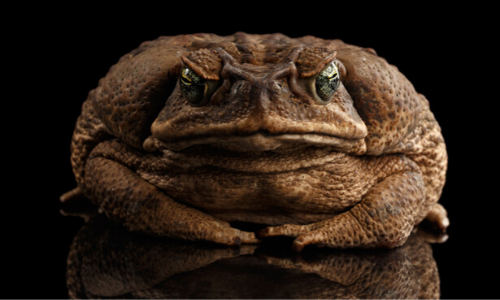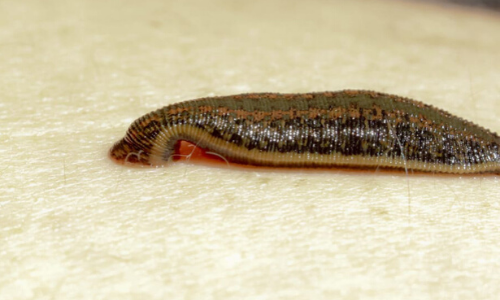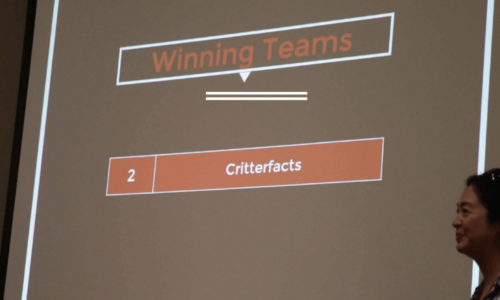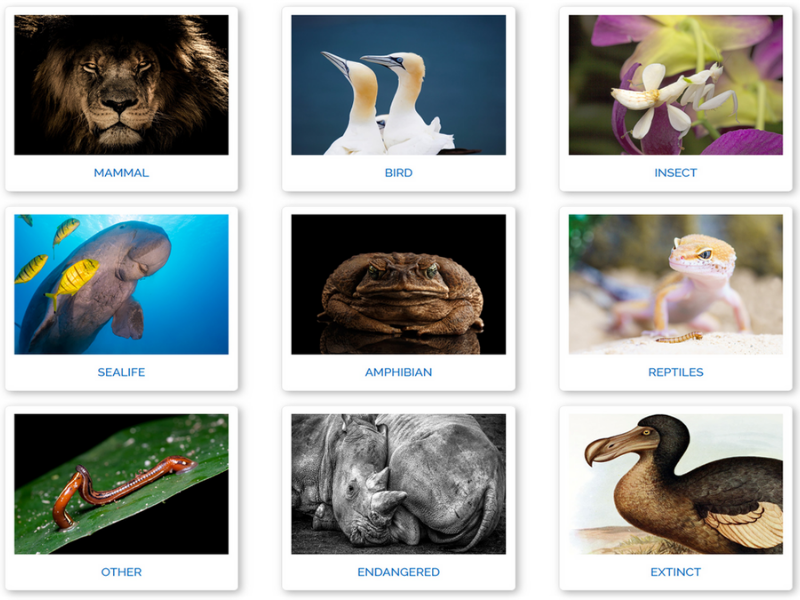MANTIS SHRIMP

SCIENTIFIC
CLASSIFICATION
CLADE: EUARTHROPODA
SUBPHYLUM: CRUSTACEA
CLASS: MALACOSTRACA
SUBCLASS: HOPLOCARIDA
ORDER: STOMATOPODA
RANGE & HABITAT
DIET
REPRODUCTION
OTHER FACTS
Mantis shrimps have the most complex eyes of all critters. Each eye of mantis shrimps contains 12 photoreceptors that allow them to see colors that humans don’t even have names for. To put this in perspective, human eyes typically contain only three types of photoreceptors for seeing green, red, and blue.
The mantis shrimp uses its amazing eyesight to detect prey and predators. They have something called trinocular vision, which allows them to see one object using three parts of the eye. While humans see everything, we process only information that is most relevant to our situations. The mantis shrimp takes in all visual information at once without processing it allowing them to react to their environment as quickly as possible.











































